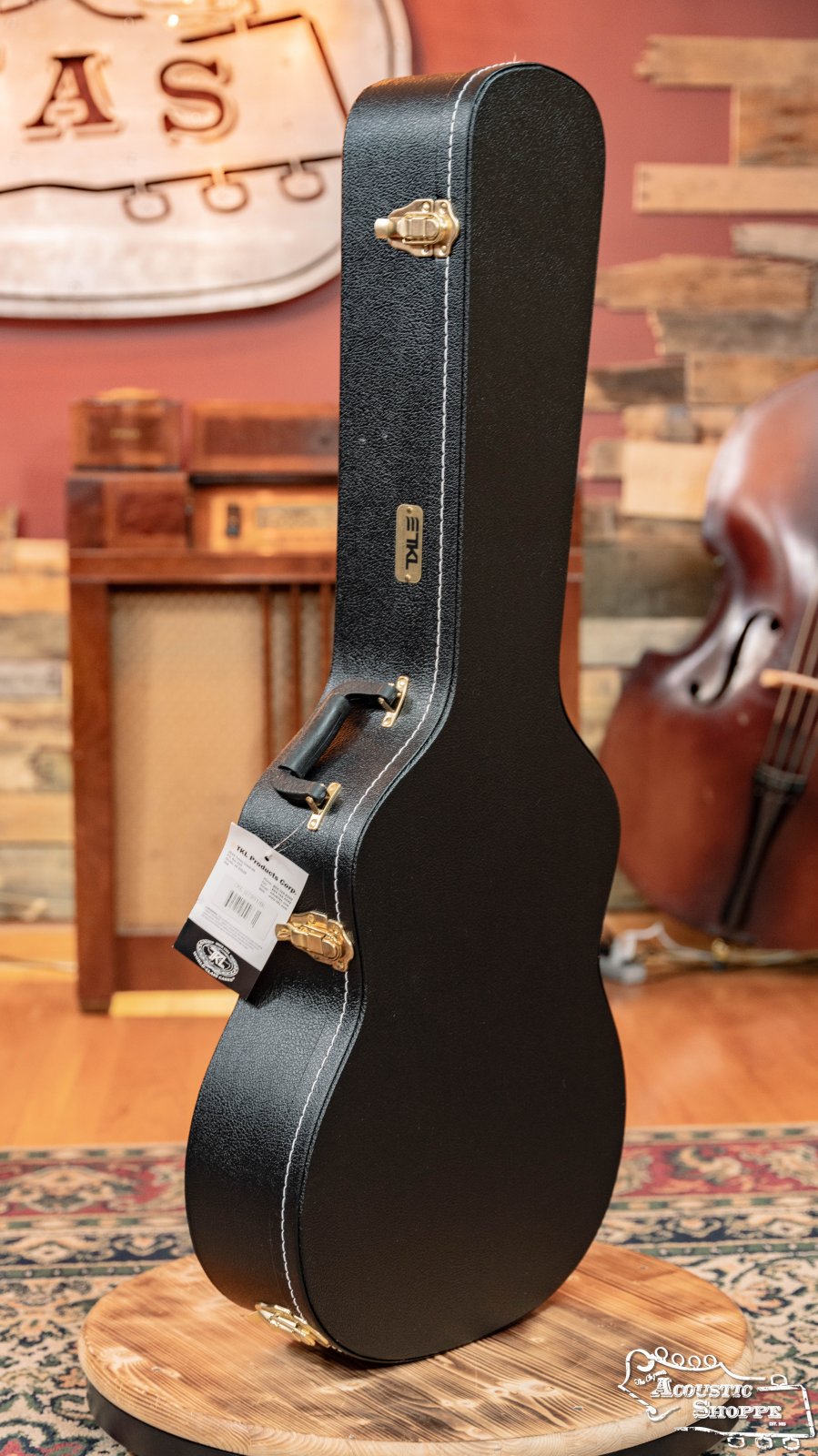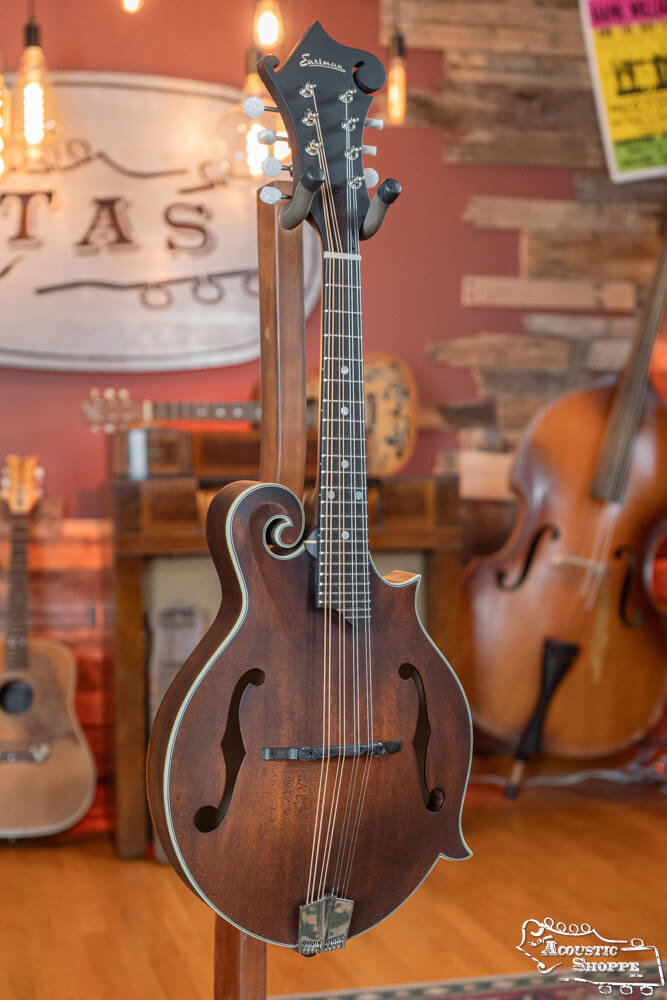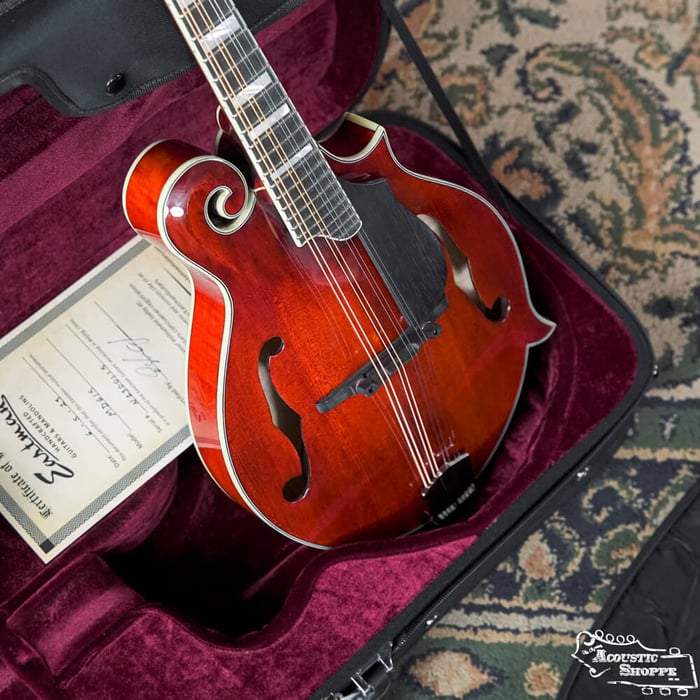If you have a quality acoustic instrument, made with fine tonewoods, you need to protect your investment with a proper case. Although we recommend a hard case (and we do not mean a chipboard hard case), gig bags can be an option depending on how you use the instrument. Several factors should be considered when determining what type of case you need for your guitar.
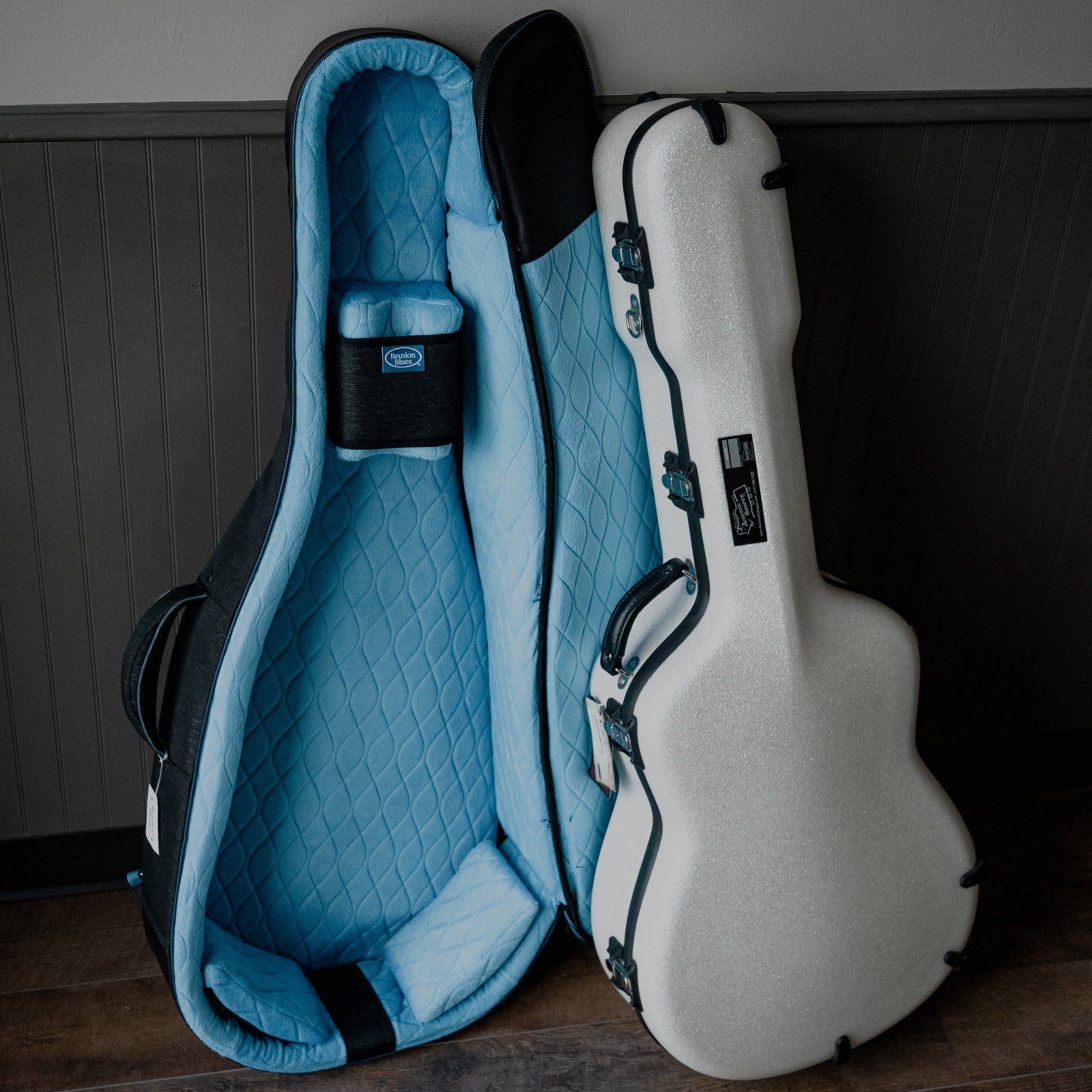
Most high-end instruments come with a nice, fitted, hardshell case or gig bag. That said, some players like to stash those back and purchase a case made specifically for travel. Why, you ask? If you will be travelling a lot, you are going to want maximum protection. The case is likely to get scuffed up along the way. You may want to maintain the original case so that it will be pristine if you sell or trade the instrument. Plus, it looks cool to put stickers that you have acquired along the way on your travel case.
Following are a few helpful questions to ask yourself when shopping for a case or bag.
-
Will you travel with the instrument, or will it rarely leave your house?
-
Do you live in a climate with extreme weather changes covering all four seasons?
-
How likely it is to accidentally be dropped or banged?
-
How expensive is the instrument you want to protect?
-
How much money do you want to spend?
The cost of the instrument should help narrow things down. If you buy a $500 guitar it does not make any sense to spend upwards of $1,000 for a top-of-the-line Calton case. If you buy a $10,000 instrument… it makes a lot of sense. If a $1,000 for case is out of your wheelhouse, Gator makes a TSA/ATA series case that provides a secure fit for acoustic guitars for around $250. It features a plush black interior to prevent scuffs and a neck cradle to prevent warping. The tough, molded polyethylene shell is built to military and ATA spec and the TSA-approved locking center latch could save you some headaches at the airport. You should invest in a case much like you did your guitar. If you spend less than $1K on your instrument you can find a nice Guardian gig bag or hardshell case for under $150.
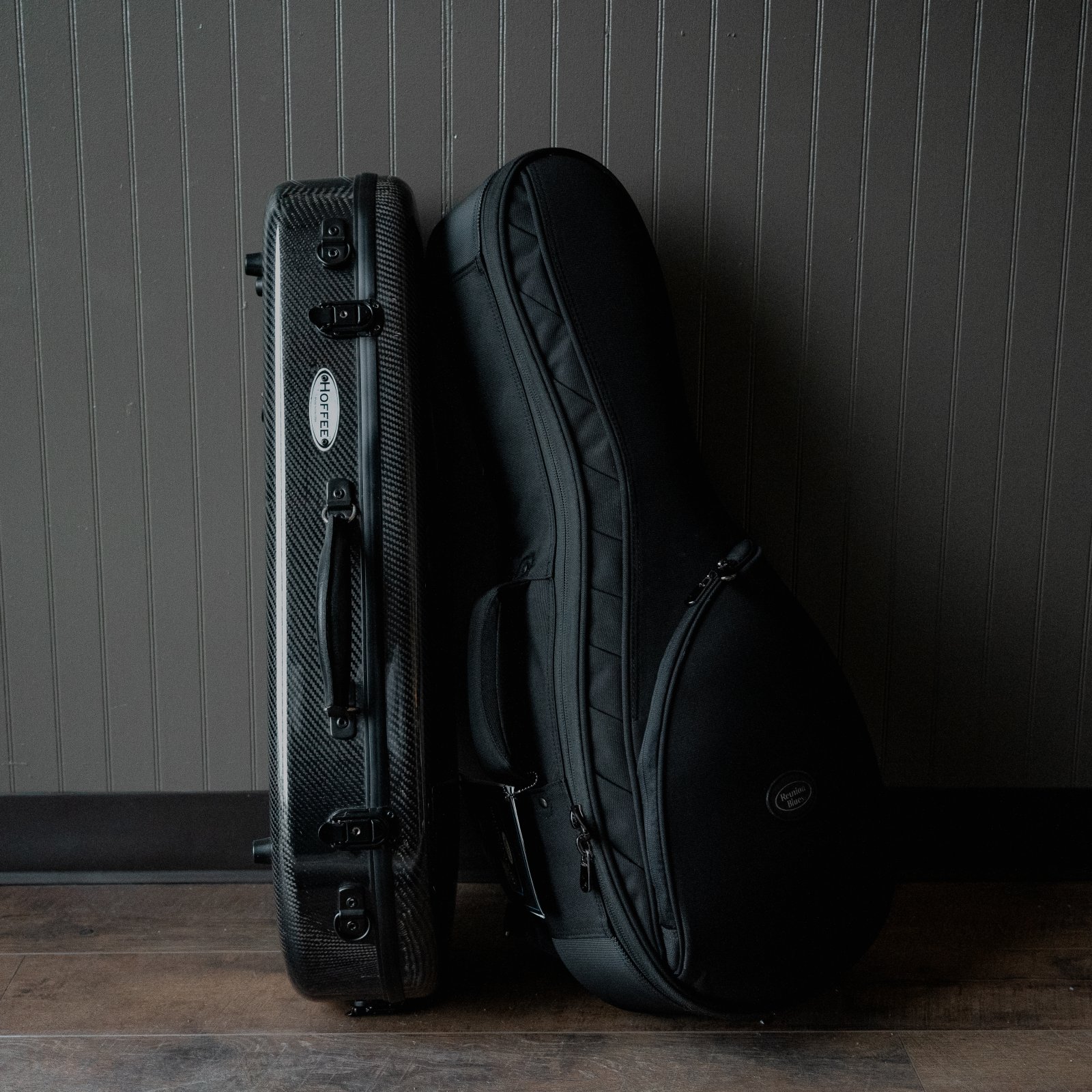
Quality and design of both cases and gig bags vary considerably. Thin nylon gig bags with little or no padding inside should be avoided. Same goes for chipboard “hard” cases. Both choices offer little to no protection. Hybrids look like a regular gig bag but have significantly more padding. Some have rigid foam inserts and padding that rival good hardshell cases. The better the padding, the more protection the bag will provide.
Pros and Cons of a Hardshell Case
Pros
Superior protection
Easier to maintain humidity levels
Fitted Interior to Hold Instrument
Cons
More expensive
Weight
Pros and Cons of a Gig Bag
Pros
Less Expensive
Lighter Weight
Cons
Less Protection
Harder to maintain humidity levels

Ultimately, and especially, if you travel with your instrument, a quality hardshell case is a wise investment. Whether you are flying across the country or driving across town with your instrument in the back seat, the rigid frame of a hard case is essential to protect your instrument.
Remember, you get what you pay for. The rule of thumb should be the investment you made on your instrument. Unless you can afford to replace it because of a mishap, careless or otherwise, give it the maximum protection you can afford.
With 25+ years of experience in the acoustic music industry as The Chapmans, our goal is to provide you with the best customer experience possible so we can be your music store for life. Voted NAMM Top 100 Dealer for 8 years in a row (2015-2022) & Top 3 Emerging Dealer in 2017, 2018 & 2019.
For more information, give us a call at 417-720-1223, shoot us an email at info@theacousticshoppe.com, or stop by our showroom at 1913 E Seminole St. in Springfield, Missouri.


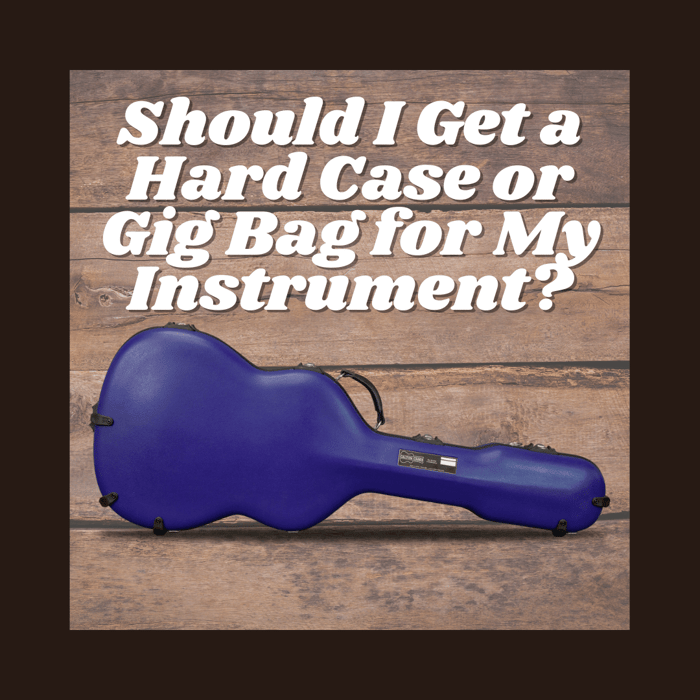
.jpg)
